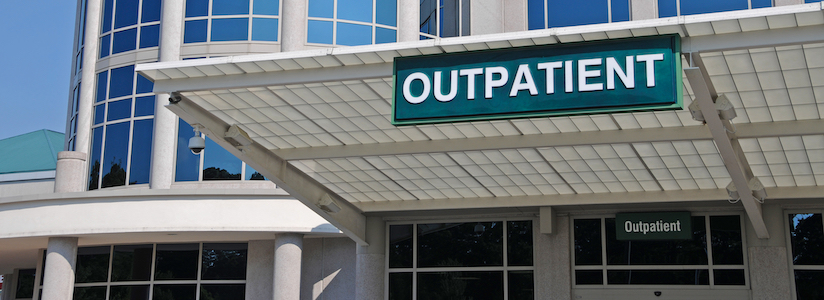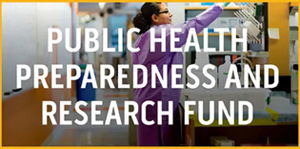Rollins Research Review: COVID-19 Testing in Jails, HIV Surveillance, Patient Access Management in Outpatient Care, and the Impact of State Earned Income Tax Credit on Food Insecurity

By Sarah Timbie
This month, Rollins researchers authored papers on a wealth of public health topics. Find summaries of a few highlights below.

Journal: BioMed Central Public Health
Rollins Author: Kyler Moore; Patrick Bircher; Emily Ogutu; Shanika Kennedy; Victoria Brown; Matthew Freeman, PhD; Victoria Phillips, DPhil; Anne Spaulding, MD
Important Takeaways:
- This study explored barriers and facilitators to using wastewater-based surveillance and nasal self-testing (NST) as a combined approach to monitor COVID-19 in Fulton County Jail.
- Researchers conducted individual and small group interviews with a range of jail staff, including correctional officers, nursing staff, and maintenance workers.
- Interviewees discussed key barriers to NST such as challenges in implementing and tailoring the intervention to the jail setting, while facilitators included its low cost and the convenience of self-administration without relying on health care staff.
- Participants saw potential value in wastewater surveillance, but expressed uncertainty about its long-term feasibility and how it could be altered to fit the specific infrastructure and operations of their facility.

Journal: Journal of Medical Internet Research Publications
Rollins Authors: Jose Agostini; Marissa Hannah; O. Winslow Edwards; Travis Sanchez, DVM
Important Takeaways:
- Antiretroviral resistance testing is used by clinicians to determine the most effective HIV treatment for patients, and the resulting data is also used by public health organizations in molecular HIV surveillance to detect and respond to emerging transmission clusters in the U.S.
- Currently, there is no requirement for clinicians to inform patients that their lab results from resistance testing are reported to public health agencies for surveillance purposes.
- Researchers conducted an online survey with over 7,600 participants, assigning them to two hypothetical scenarios: one where they were informed by a doctor before testing that their results would be shared, and one where they found out only afterward via social media.
- While most participants were willing to share their data in either situation, those who were informed in advance by a doctor about their test results being shared showed significantly higher willingness to participate in testing than those who learned about data sharing after.

Title: A Framework for Patient Access Management: Consensus from a Delphi Panel of US Health System Leaders
Journal: BioMed Central Public Health
Rollins Authors: Elizabeth Woodcock, DrPH, and Chris Profeta
Important Takeaways:
- Patient access management in outpatient care settings is critical, as delays, long wait times, and complex scheduling systems can negatively affect patient experience and health outcomes.
- This study sought to define patient access in outpatient settings and identify key factors that influence patient access by engaging access leaders in expert panels and discussions.
- Through a literature review and expert questionnaires, researchers identified three core categories affecting access management: structure, process, and outcomes.
- Findings emphasized the need for a patient-centered approach to access, highlighting the value of timely, simple, and continuous access to care.

Journal: American Journal of Preventive Medicine
Rollins Authors: Megan Winkler, PhD; Kelli Komro, PhD; Melvin Livingston, PhD
Important Takeaways:
- The Earned Income Tax Credit (EITC) is a federal program designed to reduce child poverty. Many states also offer supplemental EITC benefits, but these benefits vary widely across the country.
- Researchers examined how state-level EITC enhancements impact food insecurity among families with children to assess the program’s effectiveness in reducing food disparities.
- From 2001 to 2022, the range of state EITC rates expanded significantly: from 3% to 35% of the federal credit in 2000, to 3% to 47% by 2022.
- Families in states with the most generous EITC programs experienced the greatest reductions in food insecurity, with stronger benefits in single-parent households and non-Hispanic Black families.


